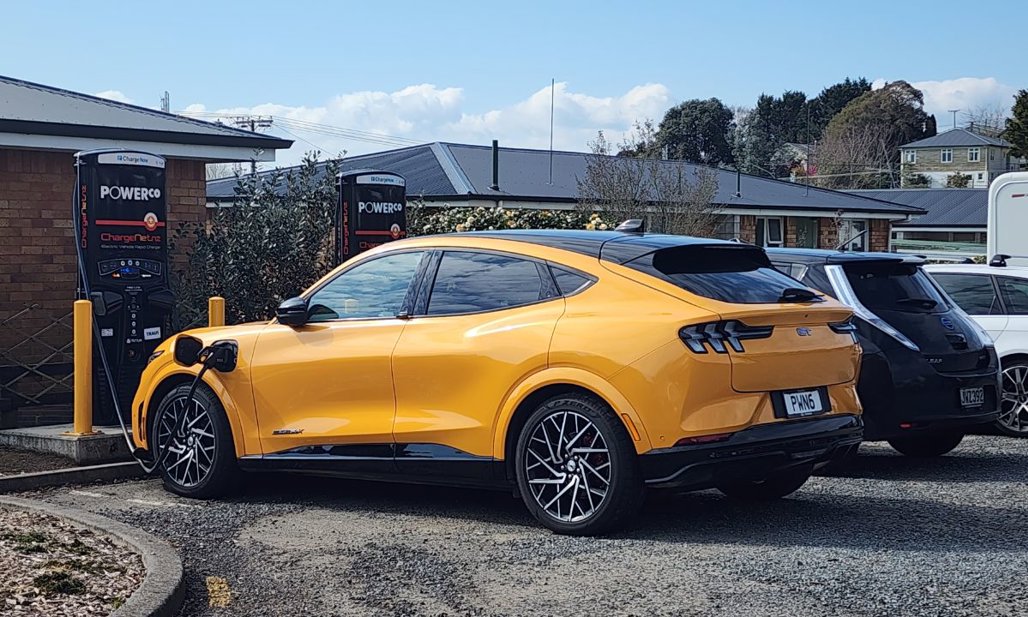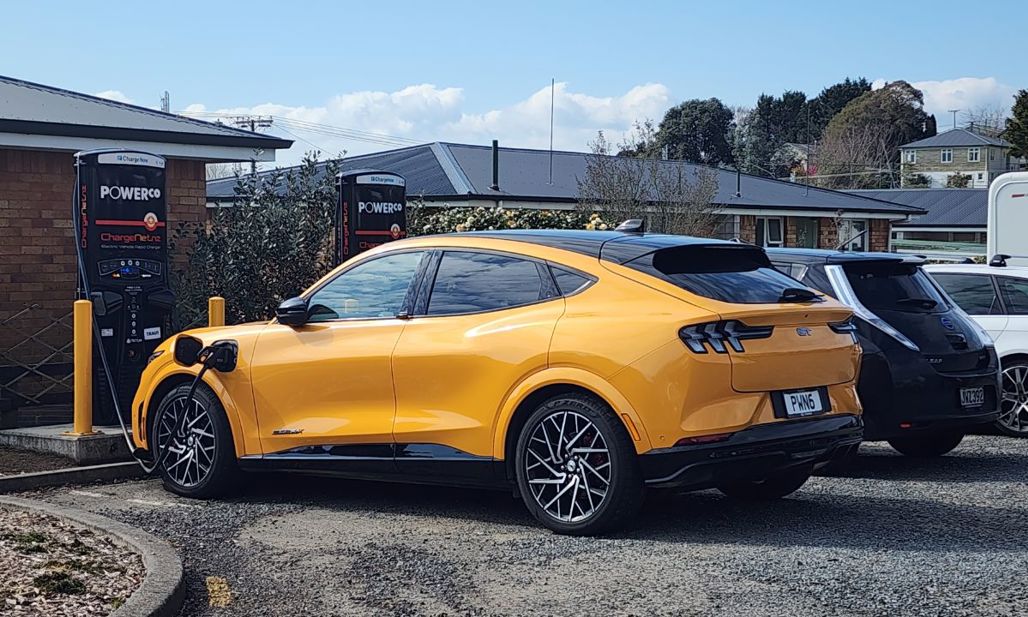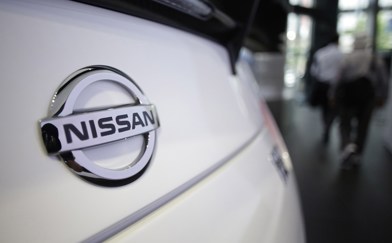We’re still all getting used to the brave new world of battery electric vehicles (BEVs). They're becoming more mainstream by the month (25 per cent of new-vehicle sales in that pre-election September rush), but the same things still worry a lot of us.
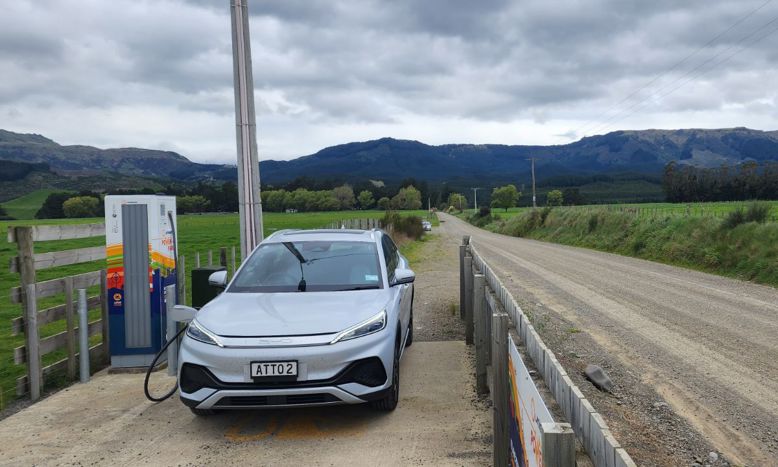
What things? Gather a vox pop and we’d bet the top three would be range, the number of charging stations available, and the time it takes to charge.
And all three of those things make for huge anxiety when it comes to taking a road trip in a BEV.
At DRIVEN Car Guide, we’d like to think we know a thing or two about pure-electric road-tripping. We’ve been long-hauling BEVs for a while now and we even used a BYD Atto 3 to cover 1000km in a day last year. Just to show you can.
Our most recent BEV roadie was a bit more representative of Kiwi lifestyles... even if the car wasn’t: Auckland-Taupo in a Ford Mustang Mach-E GT.
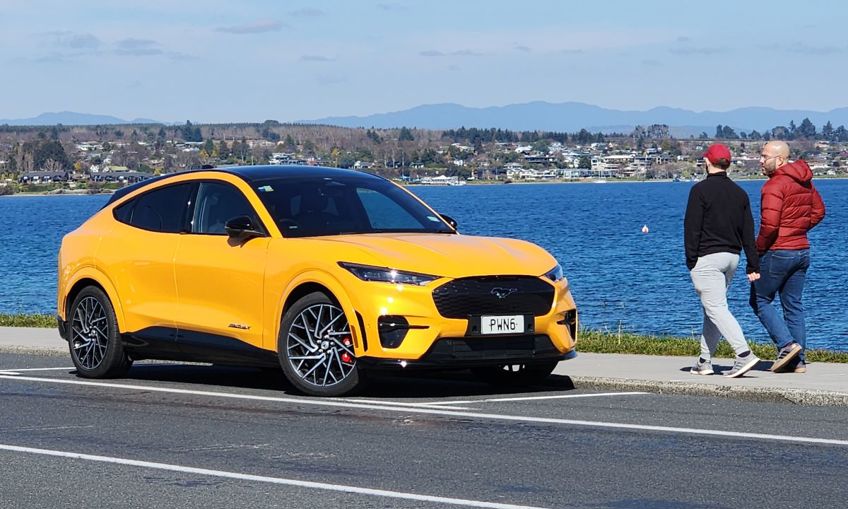
Okay, we were a bit spoilt with this one. Ford NZ’s fastest car is not exactly a mainstream family BEV. But the GT does have a shorter range than other Mach-Es (mostly because it’s so, ahem, powerful) and the BEV-specific pros and cons with this car are really no different to any other – whether that’s a GWM Ora or Porsche Taycan.
The Mustang Mach-E is kind of an appropriate one anyway, because Ford New Zealand does not supply or approve any kind of home three-pin charger for the Mach-E. The absolute minimum for this car is a wallbox-type AC charger (which you can of course install at home), so it’s a very relevant vehicle to talk about charging infrastructure.
Anyway, we made it back feeling pretty energised; so here are our top five tips for road-tripping in a BEV.
You do have to plan a bit (sorry)
We’d love to say travelling in a BEV is no-fuss compared to a petrol or diesel car, but the fact is you do have to plan a little bit. Not with military-style precision, but it pays to plan a route, know a ballpark range figure for your car and know where the chargers are on the way, even if you’re not planning to use them all.
There are plenty of apps that can show you where chargers are and even if they’re available: ChargeNet is the largest private provider of public charging stations, Z Energy has a growing number of fast-chargers, as does BP, and there’s OpenLoop – an EV specialist platform that allows charge providers to offer their services through a dedicated app.
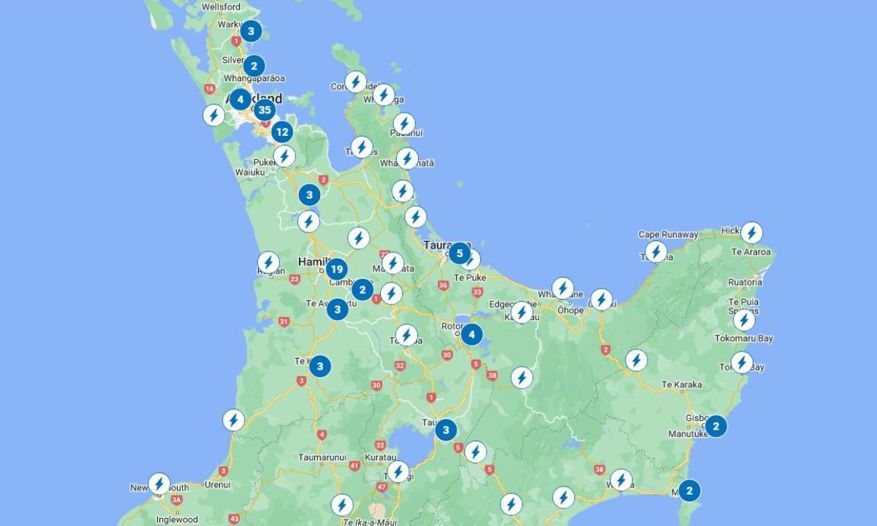
Waka Kotahi’s EVRoam website has links to an online EV travel planner and charge map (produced in partnership with energy providers), while PlugShare is a well-known public (global) site that shows you a huge number of potential charge points.
And so on. A little bit of homework before a trip will go a long way; you’ll need to join up as a member with those various providers to use their services, but don’t feel overwhelmed. If you want to stick with a single provider to start with, you can absolutely do that - as long as you know it’ll cover your journey. You’ll soon get to grips with the rest.
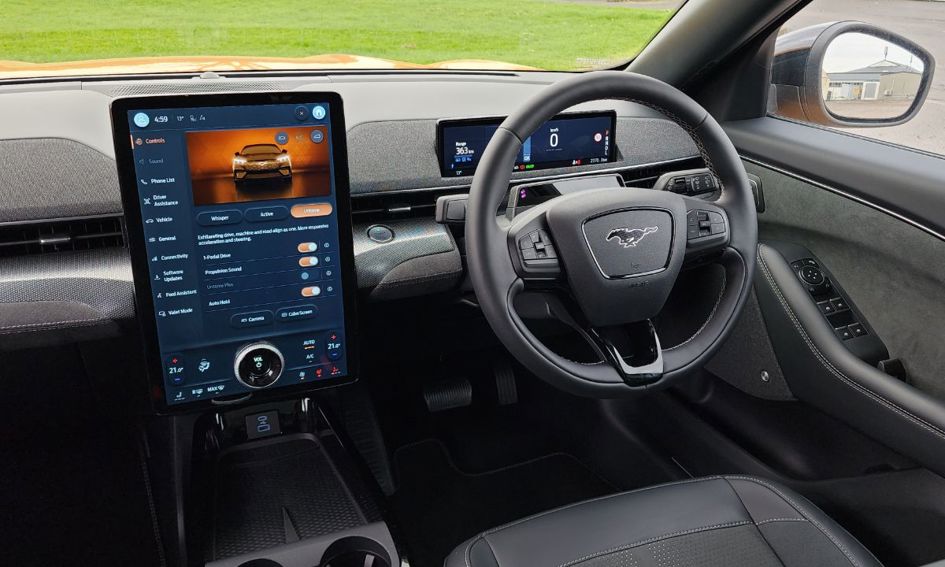
On the subject of range, remember that BEVs are more energy-efficient around town than on the open road – yep, the opposite to most combustion cars. So bear in mind that you won’t go as far on a charge during a big trip.
Our Mustang Mach-E GT, for example, has an official WLTP range of 440km. But the open-road distance-to-flat was more in the 300-350km bracket.
Don’t bother with AC (aka know your charging types)
While we’re on the subject of charging, familiarise yourself with the different types of charging. There are two you need to worry about: AC and DC.
AC covers everything from home charging to some public machines, but it’s relatively slow: around 7kW for most public stations, although some are as high as 22kW if they’re hooked up to three-phase power. Some public AC stations also require you to bring your own cable.
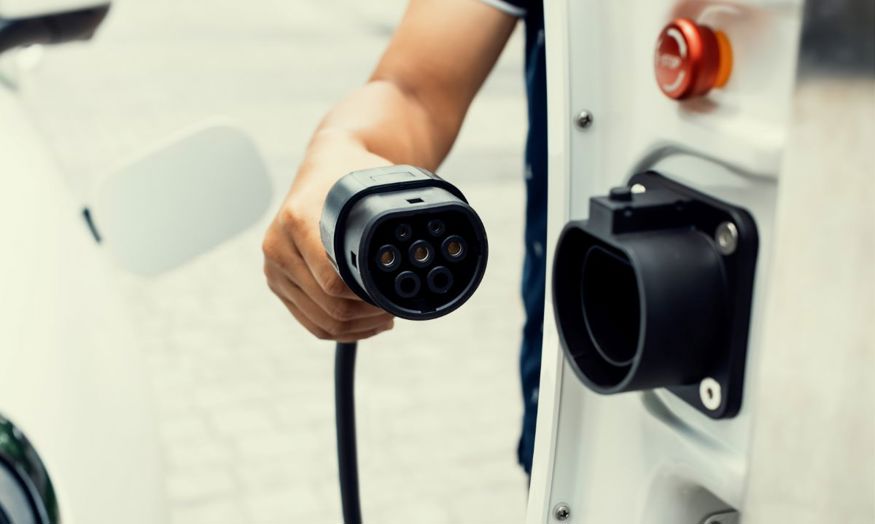
AC is ideal for day-to-day urban use or topping up overnight, but on a trip it’s really too slow to bother with. Our Mach-E has a big 90kWh battery, so even an hour on an AC 7kW charger only adds around 8 per cent of charge (about 35km).
When you’re out of town and on the move, stick to the DC machines, which will replenish at a rate anywhere from 50kW to 300kW, depending on the machine and the capability of your car.
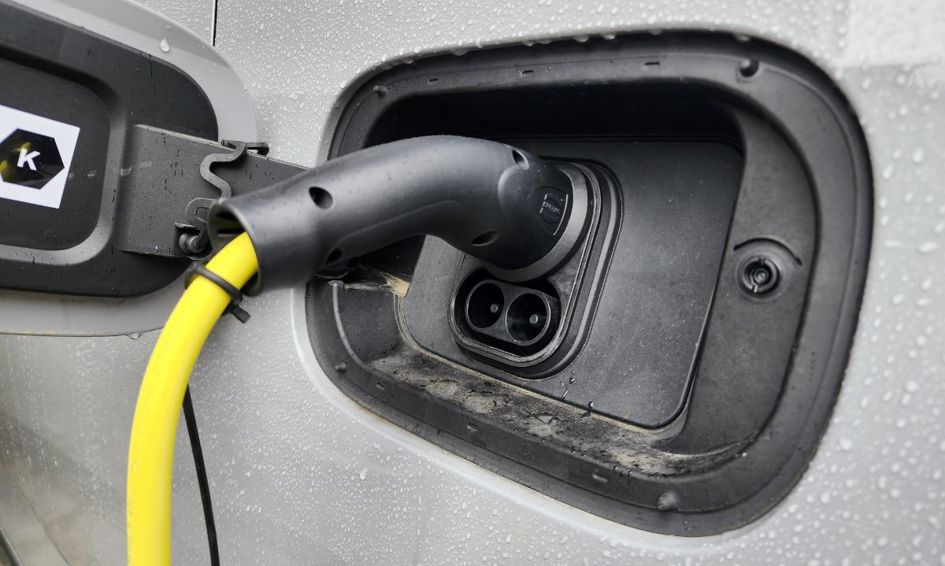
The Mustang accepts charge up to 150kW, theoretically meaning a full battery in under 40min, although it doesn’t actually work like that; read on...
Those apps should tell you which machine is what. As will the plug when you get there: if you have a BEV with a Combined Charging System (CCS) port, as most new ones now are, an AC station’s charge plug will simply comprise the rounded/hexagonal top section (also often called a Type 2 plug).
You’ll also notice a section of the port on your car that isn’t being used by the AC plug (see the image above).
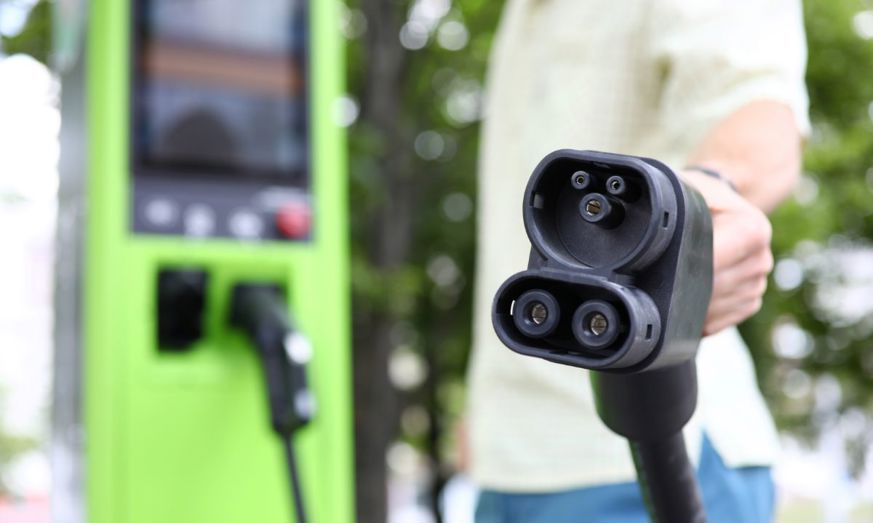
If it’s DC, there will be an additional part on the bottom of the station’s connector that plugs into that additional part of the car's port – which is the DC bit.
The main exception to the above is the used-import Nissan Leaf (and other ex-Japan EVs), which still use a different plug called Chademo. Many Kiwi DC stations have a Chademo outlet as well, but CCS is definitely now the dominant standard worldwide.
Be happy at 80
Not 80km/h; 80 per cent battery charge. By all means start your trip at 100 per cent, but when you’re charging on the go, stick to 80 per cent or less.
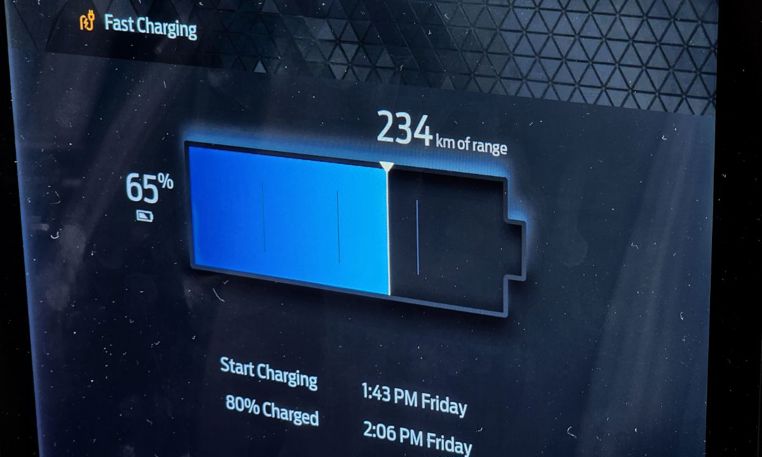
BEVs charge more quickly when batteries are relatively empty; more importantly, charge rates slow to a crawl as they get past 80 per cent. It’s simply not worth the wait and it’s better for long-term battery health to keep it between 20-80 per cent anyway.
A great analogy we’ve heard is that BEV charging is like filling a picture theatre. When the doors open and patrons rush in, it’s really easy to find a seat; but once it’s 80 per cent full, it’s a lot harder and takes longer.
Graze, don’t gorge
Charge when you can, not when you have to. For example, even with a real-world open-road range of 320km, our Mustang could theoretically drive from Auckland to Taupo (just under 300km) in one go. That’s probably what you’d do in a petrol car.
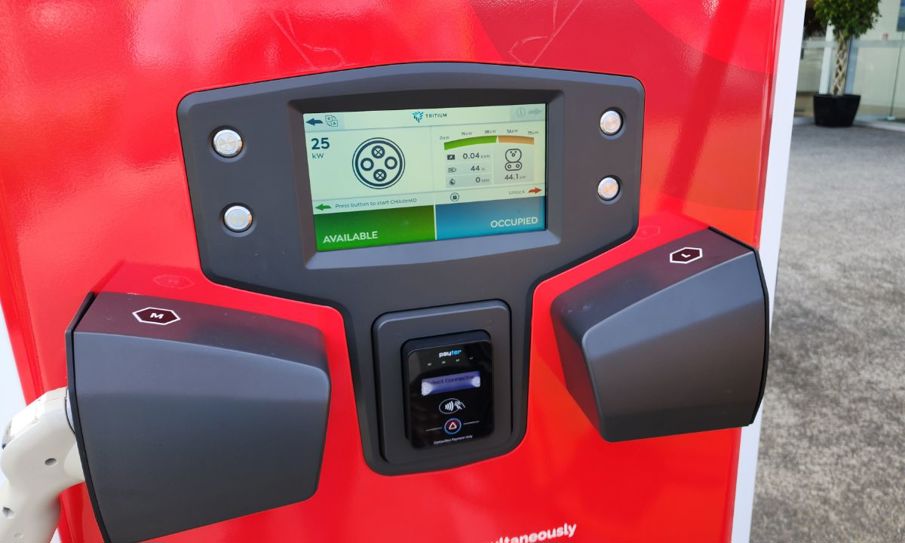
But leaving so little to spare is asking for trouble, and it also means you’re committed to a longer spell of charging once you get there.
Little and often is better than running a BEV near-flat all the time and stressing about whether the charge station at your destination will be free, or even operational. Yes, they do break sometimes. Like the one at Taupo when we arrived in the Mustang: from a bank of six, five were occupied and the sixth had a broken handle.
But we had plenty of power in reserve after two coffee stops on the way (which were rather nice anyway), so no drama. We charged the next day, somewhere else, instead. Give yourself that buffer.
DC charging isn’t free, or even that cheap
Thanks to several years of some power companies providing no-cost DC stations for early adopters, there’s still a perception in some quarters that it should be free to run a BEV.
The reality is that you’ll have to pay to use most DC stations while you’re travelling (of course!).
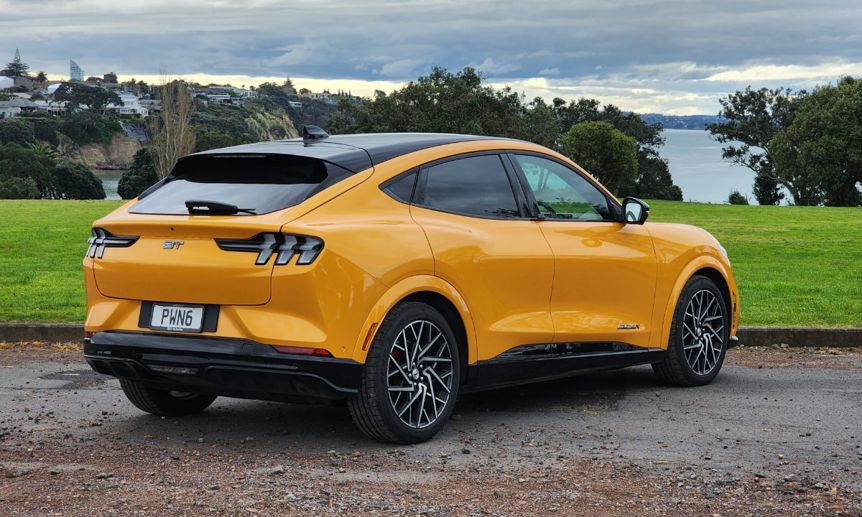
And yes, they are a lot more expensive than charging at home: getting our Mach-E from 20-80 per cent (for around 260km range) on a home wallbox would cost about $15, but on a public DC station with a representative rate of 80c per kWh (these vary depending on the supplier), it’s more like $45. But still about 25 per cent less than a comparable petrol car.
And remember that road trips are occasional for most of us; the majority of charging is still done at home.

